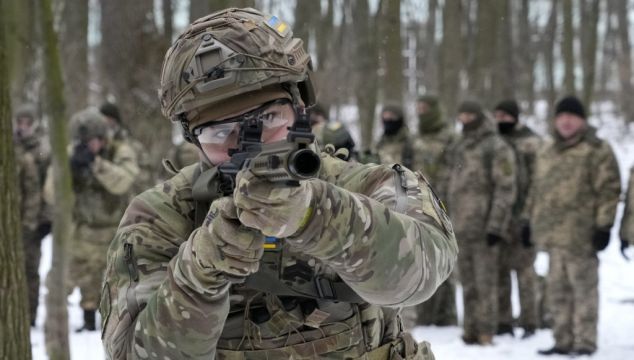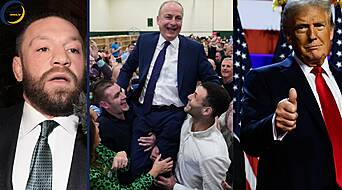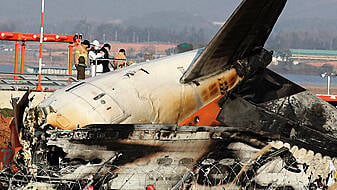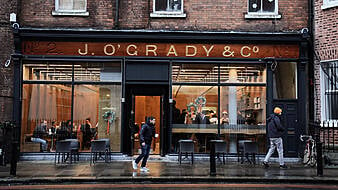Mounting tensions between Ukraine and Russia has led countries to begin withdrawing some staff members and dependents from embassies in Kyiv.
Here we look at the background to the situation and what might happen next:
– What is the cause of the tension between Russia and Ukraine?
Ukraine declared independence from the Soviet Union in 1991 but maintained close economic and cultural links with Russia.
Alarmed by Ukraine’s move towards closer ties with the European Union and a popular uprising which forced out Moscow-leaning president Viktor Yanukovych, Russia annexed the strategically important Crimean peninsula in 2014.
Mr Putin wants Ukraine to remain inside Russia’s sphere of influence, its “near abroad”, and to avoid becoming a Western-style democracy with ties to the European Union and Nato.
Allies are sending more ships & jets to enhance #NATO defensive deployments in eastern Europe. A strong sign of allied solidarity.
Offers include:
🇩🇰 F-16 jets to Lithuania
🇫🇷 troops to Romania
🇳🇱 F-35 jets to Bulgaria
🇪🇸 frigate heading to the Black Seahttps://t.co/2GnJKupEA9 pic.twitter.com/UvsRXpkvLT— Oana Lungescu (@NATOpress) January 24, 2022
– What has caused the latest crisis?
Russia has denied any intention to invade Ukraine, but has massed an estimated 100,000 troops along the country’s border.
Troops are also taking part in exercises in Belarus, which borders Ukraine to the north.

The UK has also accused Russia of increased cyber activity and widespread disinformation, as well of plotting to install a puppet government in Kyiv, something dismissed as “nonsense” by Moscow.
– What has been the response?
Western nations have responded by threatening sanctions against Russia and supplying arms to the Ukrainian forces.
The UK has around 100 troops providing training, although this number fluctuates, as part of Operation Orbital.
The Defence Secretary @BWallaceMP - “The British government is not in dispute with Russia and the Russian people — far from it — but it does take issue with the malign activity of the Kremlin.”#StandWithUkraine 🇬🇧🇺🇦
👇https://t.co/ovFZuZEJAz— Ministry of Defence Press Office (@DefenceHQPress) January 17, 2022
British defence secretary Ben Wallace confirmed the UK would supply “light, anti-armour, defensive weapon systems” to the Ukrainian forces, while the US has also sent what it described as “lethal aid” including ammunition.
The Nato alliance is increasing the number of warships and fighter jets in Eastern Europe.
– Could war be prevented?
US secretary of state Antony Blinken and Russian foreign minister Sergey Lavrov met in Geneva on January 21st and although there was no breakthrough the diplomatic path does not yet appear to have been closed off.
But one of Mr Putin’s key demands is for a guarantee that Ukraine will never be admitted to Nato, something that the allies will not promise, saying that such matters are decisions for Kyiv and the Nato members.
❗ Disinformation circulated by @FCDOGovUK is yet another indication that it is the @NATO Members led by the Anglo-Saxon nations who are escalating tensions around #Ukraine.
☝️ We urge the Foreign Office to stop spreading nonsense.
🔗 https://t.co/KShxdSpIB4 pic.twitter.com/5c30waMx6r— MFA Russia 🇷🇺 (@mfa_russia) January 23, 2022
US President Joe Biden has warned that any invasion would result in Russia paying a “heavy price”, with severe economic sanctions, although he also hinted at divisions in the West about what the response might be to a “minor incursion”.
– What are foreign offices doing in Kyiv?
An update to travel advice revealed that some British staff and dependents are being withdrawn from the embassy in Ukraine’s capital because of the “growing threat from Russia”.
The British Embassy remains open and we will be continuing with our work alongside 🇺🇦 partners. https://t.co/7E95GnNQl2
— Melinda Simmons (@MelSimmonsFCDO) January 24, 2022
The US State Department was taking similar action, ordering the departure of family members from its embassy due to the continued threat of military action.







